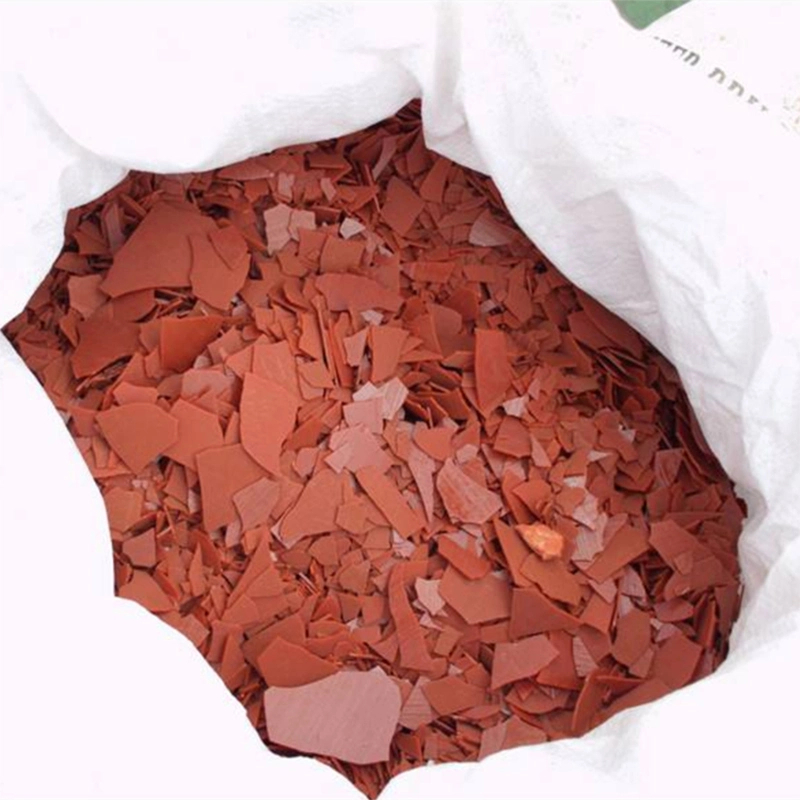



is sodium chlorate an acid or base
Sodium chlorate (NaClO3) is a chemical compound that often raises questions about its classification as an acid or a base. To understand its nature, we first need to consider its chemical composition and properties.
Sodium chlorate (NaClO3) is a chemical compound that often raises questions about its classification as an acid or a base
. To understand its nature, we first need to consider its chemical composition and properties.When sodium chlorate dissolves in water, it dissociates into its constituent ions Na+ and ClO3-. Importantly, neither ion contributes to an increase in hydrogen ions in solution, which is characteristic of acidic behavior. Chlorate ions are generally considered to be the conjugate base of chloric acid, but their ability to act as a base is very limited in aqueous solutions.
is sodium chlorate an acid or base

In practical terms, sodium chlorate does not exhibit acidic properties when dissolved in water. It does not release H+ ions, nor does it change the pH of the solution significantly. Instead, the solution tends to be neutral or slightly basic depending on the concentration of the compound used. This neutrality is a result of the fact that sodium chlorate is a salt that does not hydrolyze significantly in water, meaning it does not react with water to produce either H+ or OH- ions.
Moreover, sodium chlorate is often utilized for various applications, including as a herbicide and bleaching agent, highlighting its practical importance outside of its acid-base classification. In some industrial processes, it acts as an oxidizing agent, further demonstrating the diverse chemical behaviors that salts can exhibit.
In conclusion, sodium chlorate does not fit neatly into the categories of acids or bases based on its behavior in solution. While it is derived from a strong acid and a strong base, it functions as a neutral salt when dissolved in water. Therefore, it would be misleading to classify sodium chlorate as either an acid or a base in the traditional sense. Instead, it is best understood as a salt with specific applications and limited interaction with water in terms of acid-base chemistry.
-
Why Sodium Persulfate Is Everywhere NowNewsJul.07,2025
-
Why Polyacrylamide Is in High DemandNewsJul.07,2025
-
Understanding Paint Chemicals and Their ApplicationsNewsJul.07,2025
-
Smart Use Of Mining ChemicalsNewsJul.07,2025
-
Practical Uses of Potassium MonopersulfateNewsJul.07,2025
-
Agrochemicals In Real FarmingNewsJul.07,2025
-
Sodium Chlorite Hot UsesNewsJul.01,2025










